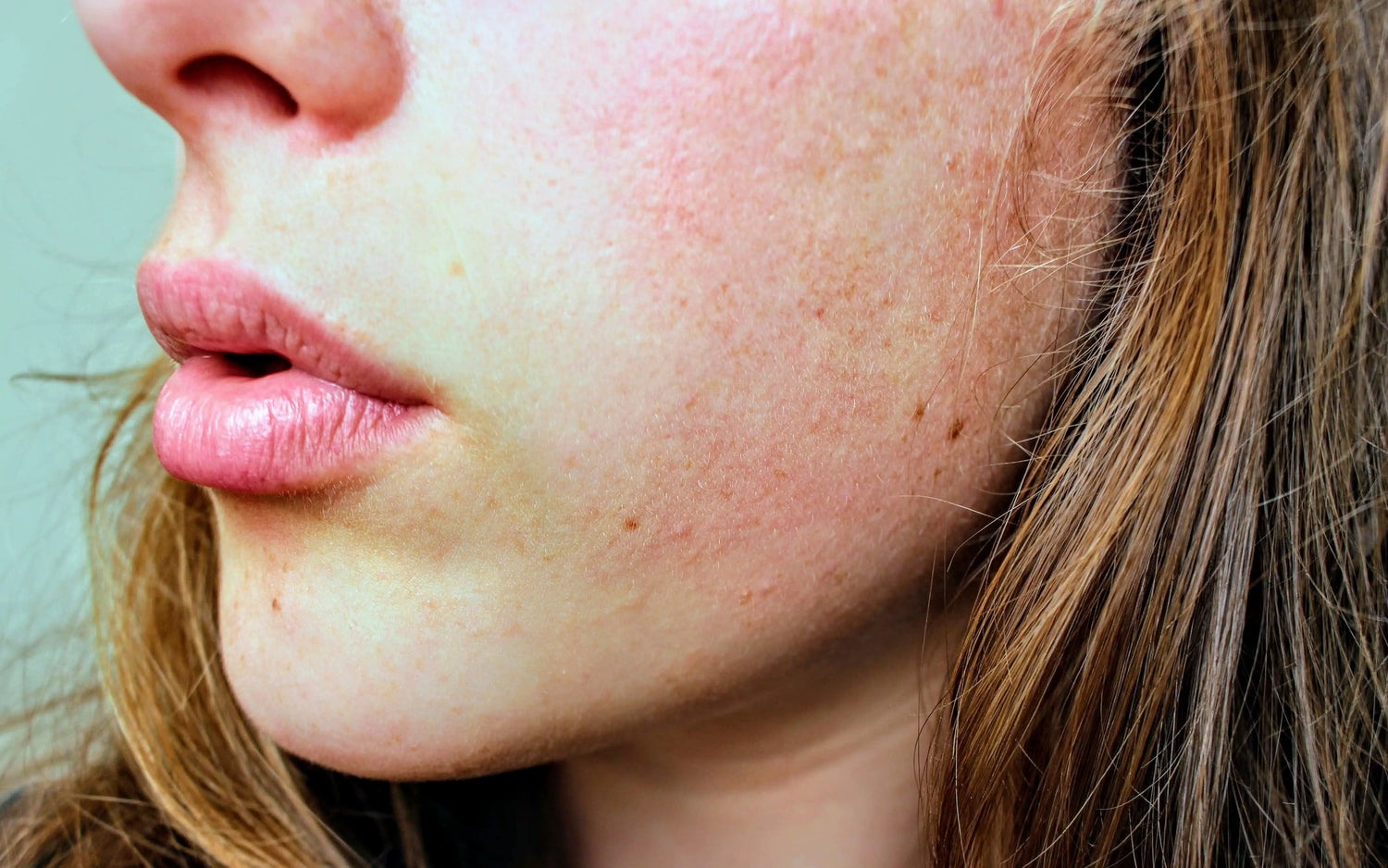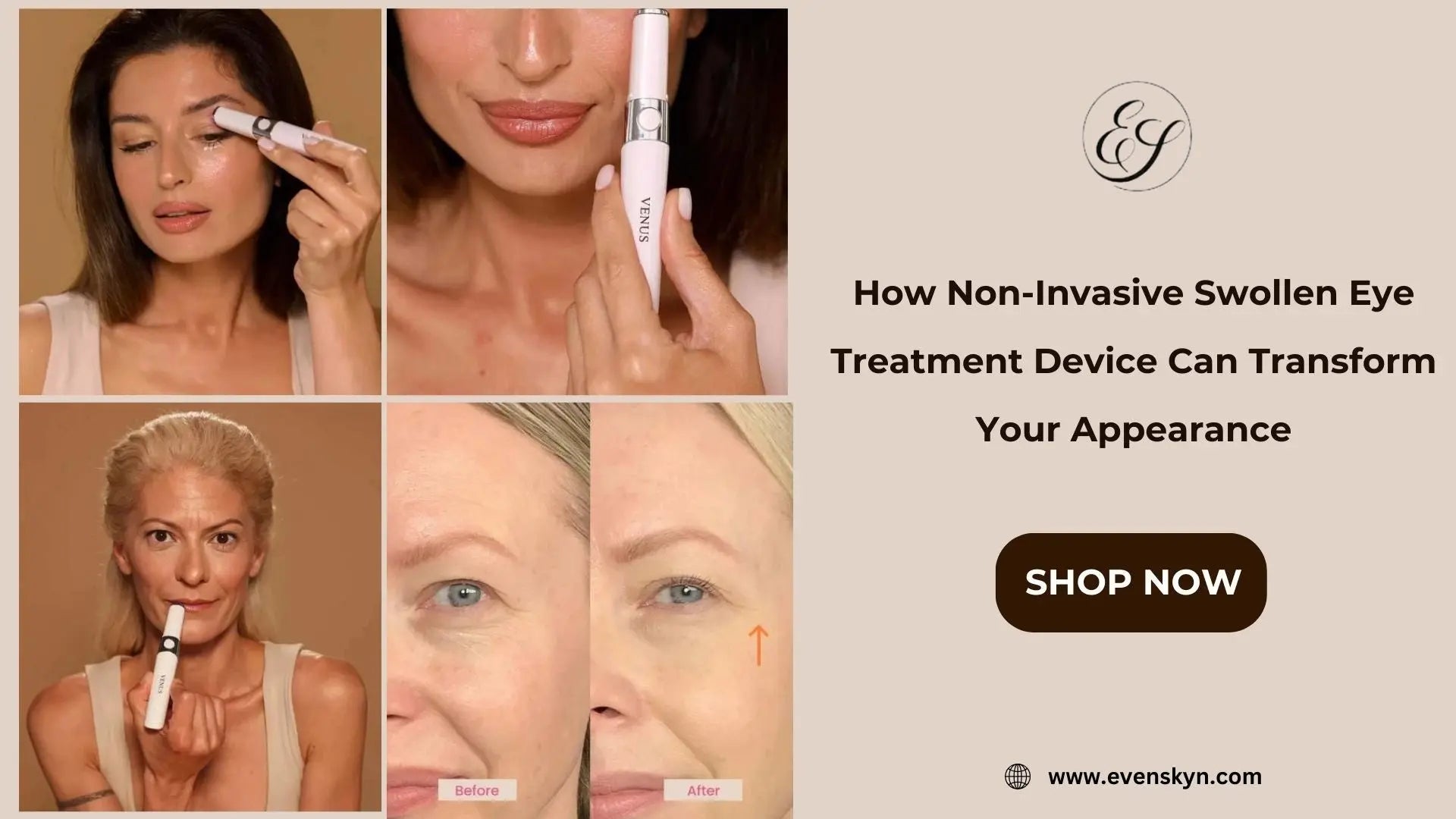Medically Reviewed by Dr. Lisa Hartford, MD
Our skin contains three layers—epidermis, dermis, and hypodermis. The epidermis is a thin outermost layer, followed by the dermis and hypodermis. The skin structure protects UV, stores fat and water, and regulates body temperature.
The epidermis is mainly made of squamous, basal, and melanocyte cells. The dermis contains collagen bundles and fibroblasts, ensuring strength and flexibility to the skin. The last layer is where fat cells and collagen networks work as heat-conserving sources.
Learning about the skin's structure is vital to develop anti-aging and skin rejuvenation methods. To do this, non-invasive assessment of collagen using imaging techniques is essential. We'll discuss these in detail to understand the intricate network of collagen and skin cells.
Understanding Collagen
As discussed earlier, the collagen network gives skin its structure and elasticity. Collagen is a protein that makes up the structure of human cells. There are about 28 types of collagen present in the body.
Type I collagen contributes to 90% of the total amount in humans. Collagen is composed of amino acids glycine, hydroxyproline, and proline. These amino acids give collagen its triple-helix structure.
Apart from skin, collagen is also present in bones, tendons, connective tissues, and cartilage. It is responsible for cellular connectivity, tissue repair, cell migration for repairs, and immune response. Talking about connective tissues, called fibroblasts, their primary function is to make collagen and maintain it as needed.
Collagen is naturally made in the body; however, the production may reduce as we age, and some fibroblast function reduces. With this comes the reduction in elastin in the skin, leading to sagging skin, fine lines, and wrinkles.
Importance of Collagen in Keeping Skin Tight
Since collagen is present in the extracellular matrix, it's able to retain moisture, keeping the skin smooth, hydrated, and supple. This adds to the tightness of the skin. Collagen is also present in muscles and tendons underneath the skin surface. It keeps the skin and muscles pulled together, contributing to the tightness.
Most importantly, collagen gives strength and structure to the skin to remain in shape. Many factors affect the collagen in the skin, including internal factors like age, genetics, and gender. The external factors include lifestyle habits, UV exposure, and environmental factors.

These external factors may be controlled to some extent. However, the impact on collagen and skin aging is inevitable.
Different Non-Invasive Methods for Skin Imaging
The non-invasive methods of skin imaging give an insight into how the cells are behaving and any anomalies that might be alarming. Various methods, such as dermoscopy, reflectance confocal microscopy (RCM), and optical coherence tomography (OCT), are used in dermatology studies.
Other in vivo imaging methods include Ultraviolet light photography, Computer-assisted imaging analysis, and Visible light and digital photography. We'll discuss these further for better understanding.
Dermoscopy
It is used in the in vivo study of skin lesions. Also called epiluminescence microscopy, this technique can detect subtle changes in skin color and lesions. All these changes are usually not visible to the naked eye, and this instrument helps to give a good visual. A handheld instrument is used with a polarized light source and a magnifying lens to see the epidermal layer's microstructures and the skin's superficial dermis.
Reflectance confocal microscopy (RCM)
This in-vivo technique uses repetitive imaging methods for skin diagnosis and treatment monitoring. The reflectance confocal microscope has a condenser lens, light(infrared laser beam), and detector.
This laser beam is directed onto the skin to learn more about the inner layers. The microscope can greatly help non-invasive biopsy as it penetrates the upper dermis(stratum corneum) using light. Its depth of imaging of 250 μm penetrates enough to see the collagen and pigmentation.
Optical coherence tomography (OCT)
OCT uses the measurement of optical path light and then compares different ones to study tissue samples. A lateral scanning method is used to create high-resolution two or three-dimensional structures.
OCT is helpful in observing large areas of the skin. It can identify epidermal structures due to the low scattering property of the dermal papillae and contrast it with the high scattering property. Lastly, OCT assesses the epidermis's reduction in scattering and contrast to diagnose an issue.
Ultraviolet light photography
Light absorption of different skin layers can be done under ultraviolet light photography. It may also help in checking the skin pigmentation. The melanin in the skin absorbs UV light at different rates and will reflect according to the volume of melanin present in the dermis.
A simple UV pass glass filter may be used in front of a camera lens for UV light photography. This method can be ideal for learning about photodamaged skin with wrinkles and fine lines.
Computer-assisted imaging analysis
As the name suggests, the analysis of images is done using Convolutional Neural Networks (CNNs). Computer-assisted imaging analysis may provide quantitative data on skin aging, photodamage, wrinkles, and the size of pores.
Visible light and digital photography
Digital photography in visible and UV light may be done to compare the two. The comparison can be done using a magnifying glass or computer software. It can give us information on changes in skin before and after a rejuvenating therapy. Many studies use this combined with other methods to study the current skin conditions.
How to Improve Collagen in Aging Skin
There are several methods that may help in improving collagen in aging skin. As the collagen in aging skin reduces due to fewer fibroblasts in action, it may need a push to start forming again. Some proven methods, such as radiofrequency, red LED therapy, and microcurrent, may help in collagen production.
Other methods of improving collagen include face massaging and facial yoga. You may also make lifestyle changes, such as eliminating smoking and drinking habits. Besides, remember to protect your skin from environmental factors that damage collagen. These may include UV light, pollution, lack of sleep, and exercise.
At-Home Skin Rejuvenation Therapies
Considering at-home skin revival therapies have become more accessible. You can get professional-grade skin rejuvenation devices for at-home use. This eliminates the need to visit esthetician clinics for each session and saves time and money.
We suggest incorporating a microcurrent device to massage and lift your skin while promoting collagen production. With consistency, you may notice an improvement in your skin. You may use the microcurrent bar in tandem with radiofrequency for skin tightening and collagen production.

If you have wrinkles in the eye area, we suggest using a specific microcurrent device to target the lines. EvenSkyn offers a bundle with premium build devices, including Venus Eyelid Anti-Aging Device, Lumo Premium Anti-Aging & Skin Tightening Handset, and Phoenix Premium Face Lifting Microcurrent Bar.
Venus Eyelid Anti-Aging Device
Venus has a sonic massaging & ion-assisted absorption to treat eye aging. It works on the uneven eyelid area by regenerating and repairing new cells. You may also get rid of eye bags and dark circles using Venus.
Lumo Premium Anti-Aging & Skin Tightening Handset
Lumo offers Radio frequency, EMS, and LED light therapy to treat the skin and promote collagen in the dermis. The red light therapy promotes collagen, leading to a youthful look. In addition, Radiofrequency penetrates up to 3mm deep in the dermis for collagen generation and tissue repair.
Phoenix Premium Face Lifting Microcurrent Bar
Phoenix is a microcurrent massaging tool made from alloy material and four rolling massagers. It is light-operated; hence, no need to charge it. The device can massage the skin and promote collagen with microcurrent. Your skin may feel tight and firm after consistent use.
Learn more about these devices here and buy the EvenSkyn bundle for glowing skin. Try these at-home devices for total skin rejuvenation and kickstart collagen production.
Wrapping Up
Understanding how the skin works and repairs using in vivo imaging techniques helps develop rejuvenation therapies. The non-invasive imaging techniques ensure a deeper look into the dermis without causing any damage to the skin.
A few significant ways to improve the appearance of the skin are promoting collagen, elastin, and blood circulation. You may use at-home devices for radiant, healthy skin. Protecting the skin from UV damage may also delay aging signs.
References:
- Bolke L, Schlippe G, Gerß J, Voss W. "A Collagen Supplement Improves Skin Hydration, Elasticity, Roughness, and Density: Results of a Randomized, Placebo-Controlled, Blind Study. Nutrients." 2019 Oct 17
- Naomi R, Ridzuan PM, Bahari H. "Current Insights into Collagen Type I." Polymers (Basel). 2021 Aug 9
- Ricard-Blum S. "The collagen family. Cold Spring Harb Perspect Biol." 2011 Jan 1
- Varani J, Dame MK, Rittie L, Fligiel SE, Kang S, Fisher GJ, Voorhees JJ. "Decreased collagen production in chronologically aged skin: roles of age-dependent alteration in fibroblast function and defective mechanical stimulation." Am J Pathol. 2006 Jun
- Draelos ZD, Klein G, Biancone G. "A novel ultraviolet photography technique for assessing photodamage." J Cosmet Dermatol. 2008 Sep
- Mary K. Dick; Julia H. Miao; Faten Limaiem. "Histology, Fibroblast" May 2023
- Hani Yousef; Mandy Alhajj; Sandeep Sharma. "Anatomy, Skin (Integument), Epidermis" November 2022
- Fatemeh Saniee, Khosro Khademi. "The effect of microcurrents on facial wrinkles" September 2012
- Wunsch A, Matuschka K. "A controlled trial to determine the efficacy of red and near-infrared light treatment in patient satisfaction, reduction of fine lines, wrinkles, skin roughness, and intradermal collagen density increase." 2014 Feb
- el-Domyati M, el-Ammawi TS, Medhat W, Moawad O, Brennan D, Mahoney MG, Uitto J. "Radiofrequency facial rejuvenation: evidence-based effect. J Am Acad Dermatol." March 2011









Leave a comment
All comments are moderated before being published.
This site is protected by hCaptcha and the hCaptcha Privacy Policy and Terms of Service apply.